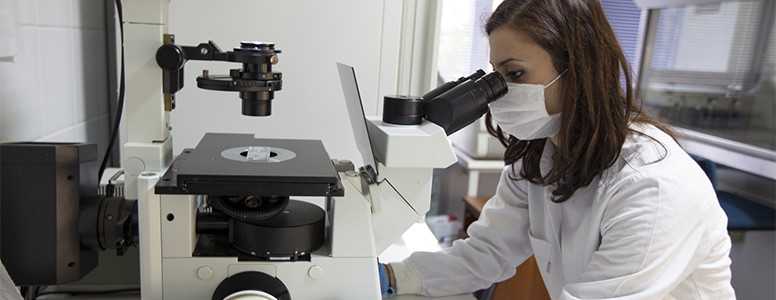Researchers at Stanford University School of Medicine have discovered a new hormone that regulates the differentiation of normal cells into cells used for fat storage.
Although managing sugar content is clearly part of the solution to metabolic diseases, like obesity and type 2 diabetes, this could mean that there may be a way to prevent fat accumulation from spiralling out of control.
The study also found that the hormonal signal that controls this switch promoting excess fat deposits may be dependent on diet and certain steroid medications, known as glucocorticoids.
The new findings, published in the journal Science Signalling, show that mature fat cells, which are surrounded by small numbers of undifferentiated cells, make a hormone called Adamts1 that appears to control the fate of these nearby cells.
Until now, scientists didn’t know how that process was triggered. But Stanford’s new research indicates that certain factors affect the production of Adamts1, which causes stem cells to begin maturing and prepare to store fat.
For a very long time, fat storage was thought to be a purely passive mechanism in reaction to eating more. Now ample evidence suggests that fat cells can send and receive many hormonal signals that help regulate that process.
In a series of mice and human experiments conducted by the team, researchers found out that levels of Adamts1 drop when mice are given glucocorticoids including prednisone and dexamethasone.
Furthermore, it has been found that levels of Adamts1 tend to be inversely proportional to the animals’ fat cell number. Mice that genetically make more than normal Adamts1, for example, have smaller fat depots and fewer mature fat cells.
And mice that were getting fatter (from an unbalanced diet or other factors) had decreased Adamts1 in their visceral fat, the type of fat around internal organs where most of their new fat cells matured.
In subcutaneous fat tissue (the fat under the skin) specifically, the opposite response was seen: there was more Adamts1 production and less fat cell maturation.
Janica Wong, the study’s lead author, and colleagues also spotted another cell signalling molecule of interest, called pleiotrophi, that can stop a stem cell from responding to messages sent by Adamts1, and therefore block it from turning into a fat cell.
Researchers believe that, in addition to creating more fat cells, Adamts1 may be a major regulator in the differentiation between the two types of fat, visceral and subcutaneous.
As we’re beginning to find out through the latest research, obesity is primarily a disorder of fat accumulatio, not energy balance in response to overeating and sedentary behaviour.
Understanding what regulates fat tissue accumulation is important, but not as much as removing the causative agent, which increasing evidence suggests comes from our diet.
Previous studies looking into what makes fat cells fatter have shown that it is high blood sugar after a carbohydrate heavy meal that elicits the release of insulin, which speeds the uptake of glucose by tissues, puts fat into fat tissue and suppresses fat mobilisation.
Therefore, the only non-pharmaceutical, immediate remedy to obesity is to restrict what drives insulin, and that is carbohydrates.
What's new on the forum? ⭐️
Get our free newsletters
Stay up to date with the latest news, research and breakthroughs.







